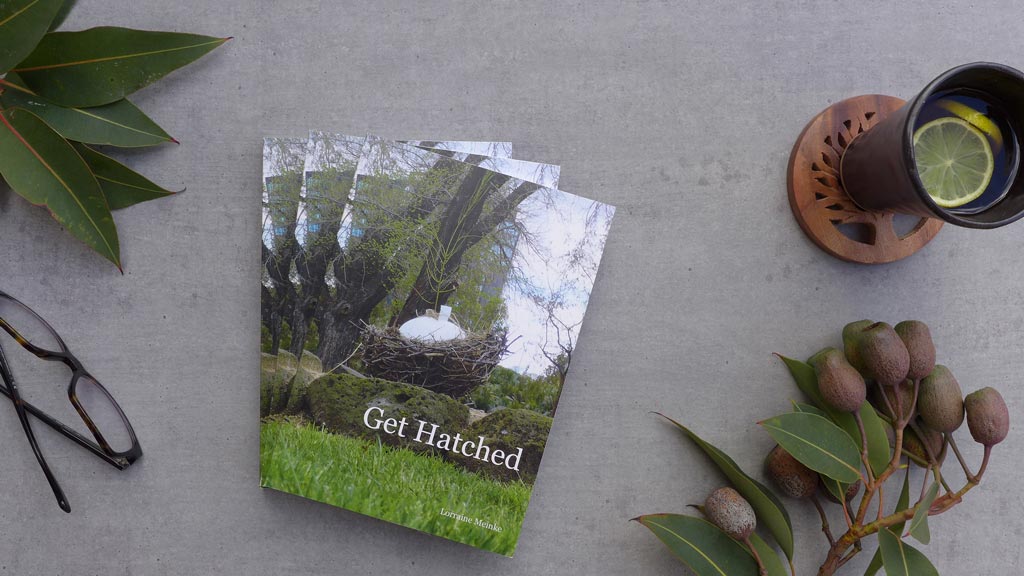Get Hatched
Ephemeral Art Installation Artists' Book
In 2010, for the last subject of my Masters of Landscape Architecture at Melbourne University, I undertook a studio subject where the students had a choice of what shape and form they wanted their final project to take. I choose to do an ephemeral art installation that addressed a critical issue facing the City of Melbourne.
Get Hatched is a 175 page, limited edition, artists' book that details the project's entire process from start to finish. Below is the book's abstract.
There are currently more than 7000 stressed and dying trees within the City of Melbourne.
The problem is largely due to lack of species diversity, drought stress and old age.
The issue has contemporary relevance due to a number of key social, environmental and planning issues.
Get Hatched is an ephemeral art installation that focuses on the declining tree health within the City of Melbourne.
The work is based on Aboriginal dreaming stories, totems, death rites and reincarnation.
As such, it presents itself as a series of nests constructed from dead, plant derived materials found at each of the installation sites.
Within each nest is a large paper mache egg that contains an indigenous plant that is attempting to get hatched.
The work was installed at 18 key sites across Melbourne during October 2020. Installation sites were identified based on their cultural significance to the Wurundjeri people, the indigenous Aboriginal community of Melbourne.
The art work seeks to inform the broader community of the issues concerning declining tree health within the municipality and engage the public in a positive act towards alleviating the same issues in the future.
It does so by inviting members of the public to take the egg away with them and adopt the indigenous plant it contains.
In doing so, the foster parent of the plant becomes its caretaker and custodian and is thus responsible for its future health and wellbeing which, in turn, will help bring life back into the city.
Get Hatched marks a shift in attitude away from using purely exotic plant species, towards using more native and indigenous vegetation.
